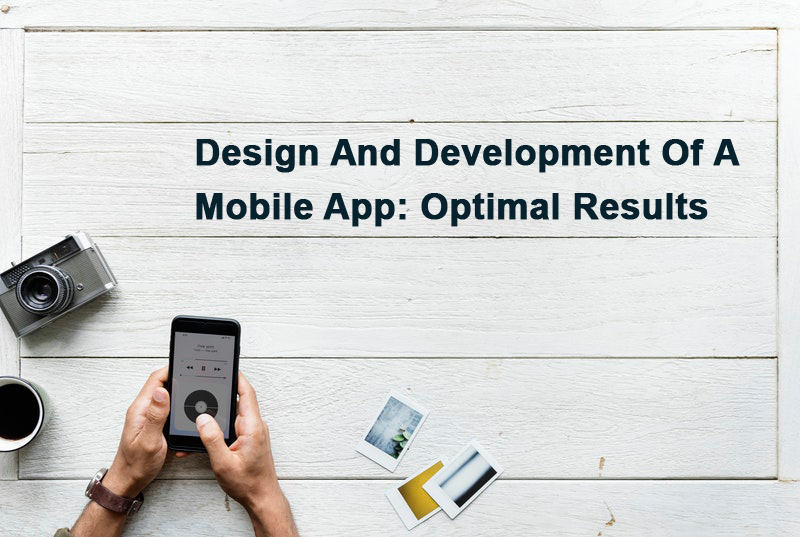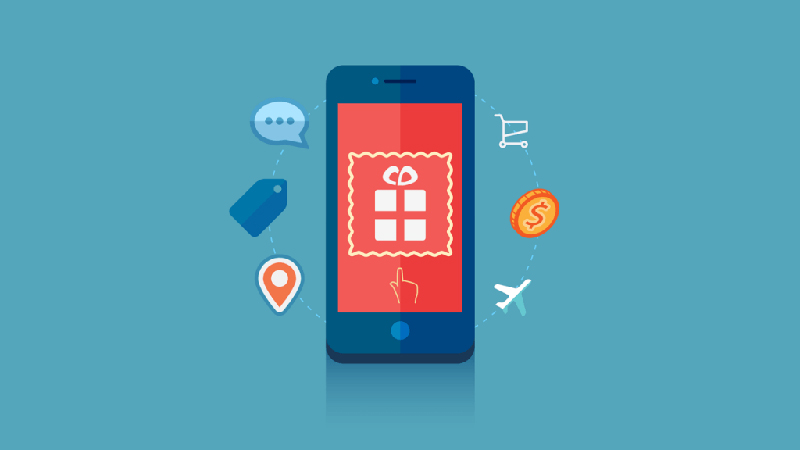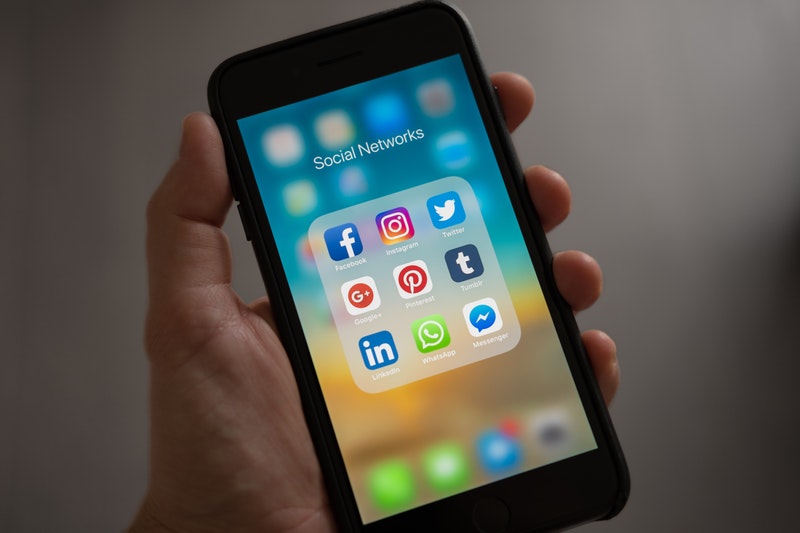
Design and development of a mobile app: how to achieve optimal results?
Today, every company or firm that keeps up with the times, understands that it’s not enough to create a good site or print a high-quality polygraph.
At a time when most people have their portable microphone on their Smartphone at hand, the only solution for those who want to be among the leaders is to create high-quality and convenient mobile applications.
Developing mobile applications is a complex and multi-step process, so starting with it, you need to identify the needs of your users and customers, this application must perform the function of it for instance the essay writing techniques, as well as determine its type and mobile platform.
Several main factors for performing
The development of mobile applications consists of a complete cycle, which includes several main stages. None of them can be disregarded and neglected, because the development of mobile applications is a valuable thing, so before investing in time and money, you need to clearly define what you and your customers need.
And the first thing you need to do for a mobile application is to choose the type of program and the operating system for its implementation.
- Preliminary analysis and goal setting
Many customers fear that a developed mobile product will not pay off. A key requirement for mobile products is value.
- Designing
Mobility itself requires clarity. Therefore, a sophisticated multi-level interface with dozens of icons that do not say anything – this is something that in no case should be done.
- Smart programming
The user will not accept the application that begins to hang up. Although, its structure and design will suit the user. Such an application immediately flies into the garbage.
- Testing and Launching
We will check how much the result we received. After we make sure that everything works perfectly, we launch the mobile version of the site.
What can be mobile apps?
Before you begin developing mobile applications, you need to clearly determine what you need.
The functionality of your mobile application depends on the length of its development, the level of complexity and, of course, the price. In general, there are four main types of mobile applications:
– Corporate. Their goal is to simplify the work of the company, quickly transfer data between employees or obtain corporate information. The target audience for such mobile applications is, above all, your company’s employees, as well as real and potential customers and partners.
Designing mobile applications of this type is easier, and the colors and elements of the corporate style of the company are used to design them.
– Content. These are mobile applications whose main purpose is to provide various kinds of information. It is the text, video or audio format.
Basically, such development of mobile applications is carried out for mass media, radio, television channels or portals.
– Service. Their purpose stems from the name – to provide certain services, that is, to perform real-time tasks that the user puts.
Developing mobile applications of this type is complicated because they should work like a clock: starting from a calculator or an alarm clock and ending with programs for working with large volumes of text or graphics.
– Gaming. The main task of such mobile applications is to entertain, but this does not mean that it is the only one. Consequently, the development of mobile applications of this type is complicated by the need to successfully place contextual or direct advertising.
In order for the development of mobile applications does not turn into a waste of time, it is necessary to take care of the choice of the operating system in advance.
Stages to create a mobile application
The first stage. Mobile app layout design
It is the technical task for the final result. You may encounter the need to recycle everything from scratch, even missing a small piece.
Therefore, the development of a detailed layout is a fundamental foundation that turns mobile applications into small masterpieces.
The second stage. Creating a prototype and designing a UI / UX structure
A special map of interactions between screens is created to understand how the client will use your application. At this stage, the entire functionality of the program is being processed.
In fact, you perform all the functions specified in the technical task: determine how the application will work, which buttons and functionality will be placed on each screen. It is also important to think about navigation – as the user will go to each of the screens.
Third stage. Mobile app design
The corresponding design is created based on the goals of the mobile app, its audience and functionality. At the request of the client, you can create several design options, estimating which, you can choose the one that most likes.
Only after approval of the design was drawn from other screens, buttons and icons.
Fourth stage. Software development
The development of mobile applications at this stage is that all drawn and approved elements – screens, buttons, icons, and hints – are joined together. In fact, from a static image, we make an interactive, mobile model.
In addition, the server and client parts of the program are connected to work properly.
The fifth stage. Testing
Even in the best software code, there may be minor mistakes, because the development of mobile applications is a long process. No need to be scared, because each mobile application is unique, and therefore, it is difficult to project all the nuances of its live work by designing it.
To do this, within a few days, an error table is generated. Upon request, the client can also get a test version of the program to make sure that it works on its own experience. After all, the end user needs to get an impeccable product.
The sixth stage. Placing a mobile app
In order for customers to find and use your mobile application, they are placed in special stores.
For example, GooglePlay, AppStore, or Ovi Store. The choice of store depends on your target audience and the technology that it uses.


